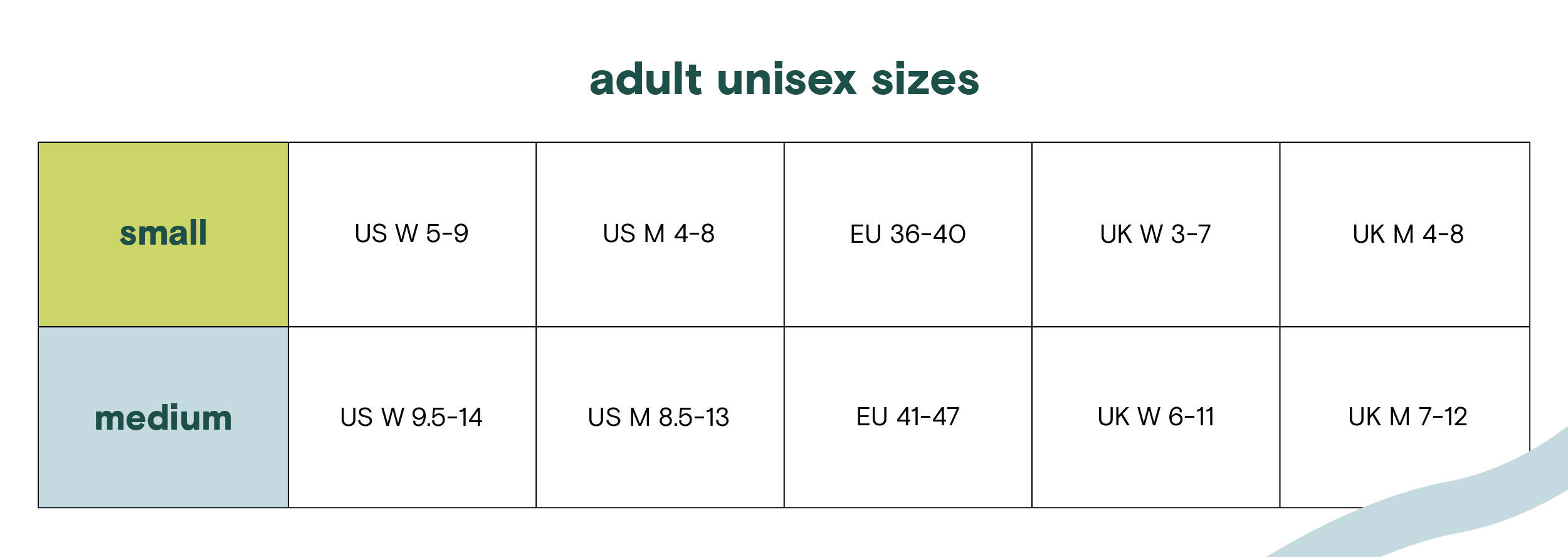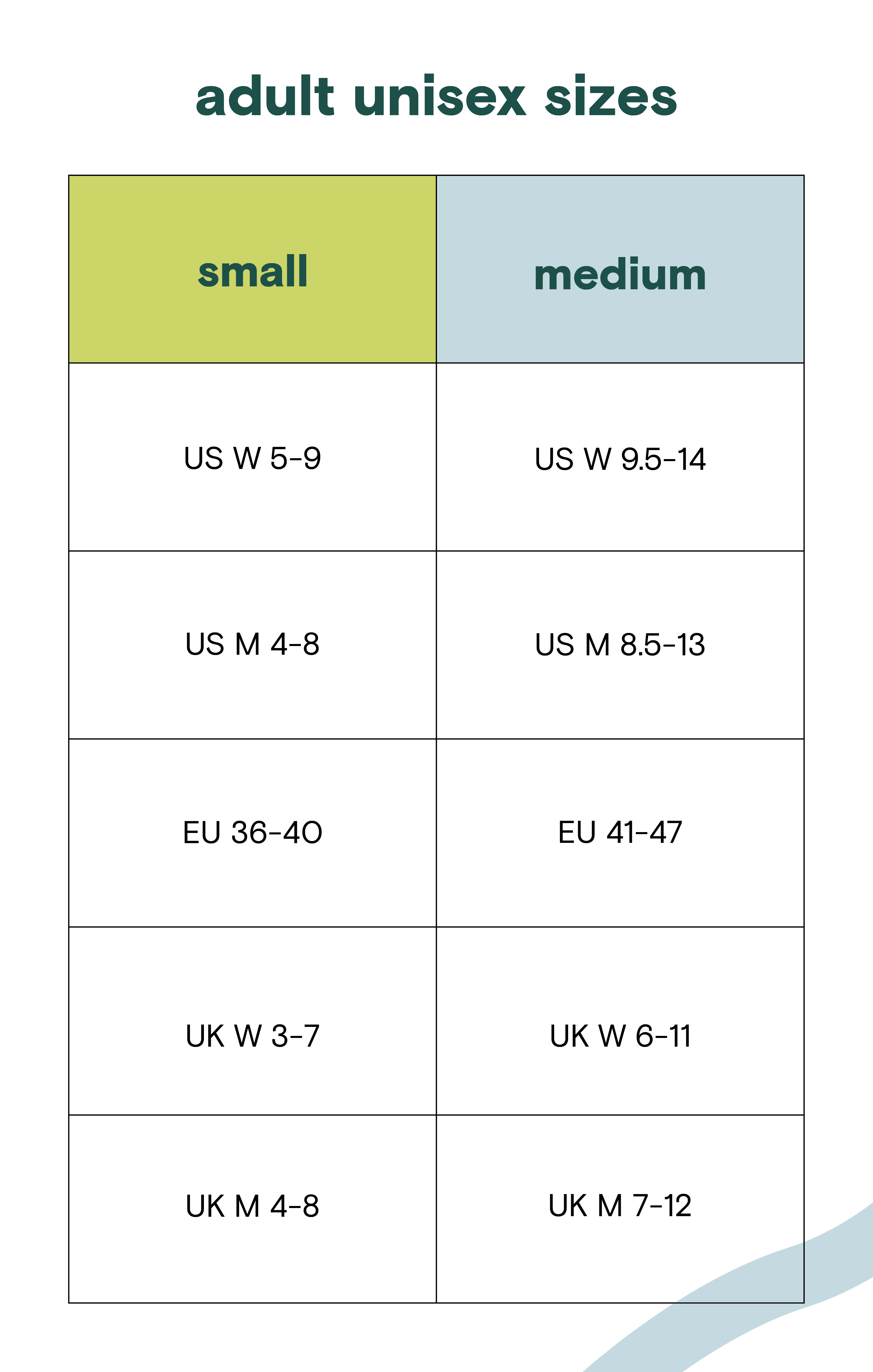Humans have been cutting down trees since time immemorial. We use them to make paper, burn fuel, construct things. Often we clear them away because they are in the way of something else we want to do. Unfortunately, deforestation has quantitatively suffered at the hands of humanity’s booming population (7.3 billion at last count.) Each day, the world loses 125 square miles (320 km squared) of forest. That’s 36 football fields a second. While it won’t surprise you to hear that deforestation is a major cause of environmental degradation, it might to learn it’s also a widespread cause of poverty in the developing world. It surprised us, and here’s why.
- Millions of families in rural areas are forced from their homes into urban slums as the loss of forests make it no longer possible for their lands to support them with food, fuel, and income.
- Trees are a major source of food and clean drinking water, and the world’s stores of both are rapidly dwindling. Less trees = less food and less water.
- Cutting down trees has contributed to 15% of greenhouse gas emissions, through lost potential of carbon sequestration, or just by burning them. In turn, this contributes to extreme weather patterns that kill and displace millions globally.

Poor farmers are trapped using environmentally destructive means to support their families
Millions of impoverished smallholder farmers rely on forested land as a source of food and income for their families, yet do so in an environmentally destructive manner. Farming is responsible for 80% of deforestation across Africa, Latin America, and Asia. Resource poor, these farmers face significant risks in adopting new or sustainable techniques. This traps them in a cycle of harmful land use practices that limits the potential of the land today and in the future.
The Trees for the Future approach is nothing short of remarkable
As tends to be the nature of such huge problems, addressing it sustainably and on a global level is not an easy task. A solution is needed that not only lifts farmers out of poverty while preserving the environment, but if it is to meet the needs of millions of farmers globally it must show promise of scale. What is so remarkable about Trees for the Future’s approach isn’t just that it meets this criteria precisely, nor that its scalability has been demonstrated through their expansion into 19 countries. Rather, it’s that it is so simple. In fact, the forest garden, Tree’s leading solution to deforestation and poverty, is built on techniques that have been used around the world for thousands of years.

When Trees For the Future first begins work within a community, they ask two questions. What do you need, and what can you sell? Needs differ greatly across communities and individuals in the 19 countries they work - some need firewood, some need food for their animals, some need ways to improve their soils. Market opportunities are also varied, but might include fruit, nuts and berries. Trees find smart ways to combine trees and crops vertically in a ‘forest garden’ so that people can harvest, trade, sell or eat something every day of the year. This integration results in improved soil quality, high crop yields, and improved standards of living for its owners on a sustained basis. This is really the core of the organization's work - training communities in the latest agroforestry techniques, providing them with the equipment and support during adverse periods, and promoting agroforestry in the developing world as a sustainable solution to deforestation and poverty. To date, they’ve planted 100 million trees in 19 countries, and have affected the lives of over 800,000 men, women and children.

|
Six Ways A Forest Garden Transforms A Community
|
Our Earth Day Challenge
On April 22nd each year, the world unites on Earth Day to inspire awareness and appreciation for the Earth’s environment. This year to celebrate, Conscious Step is partnering with Trees for the Future to plant 2,000 trees in the month of April - but we need your help to WEAR OUR SOCKS. Each pair of our environment socks (made from organic cotton, in fair trade conditions, of course) will allow farmers in Kenya to plant 20 trees in their forest gardens, through Trees For The Future’s agroforestry programs. But the buck doesn’t stop with the sock. If you wear our socks, people will ask, and now you can tell - of the awesome power of trees, the incredible work of Trees for the Future, and how planting trees can fight poverty. Check out our impact progress meter and see how many trees we’ve planted, and how many we have to go. Buy a pair of our socks for Earth Day this year, and plant trees, fight poverty, and spread awareness of an organization that is changing the world, one tree at a time.
George Pope Morris










0 comments